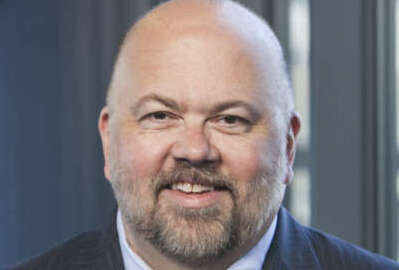

Jeff Neal offers some ideas for spending left-over budget money in a way that may benefit the taxpayers and the government workers who serve them.
This column was originally published on Jeff Neal’s blog, ChiefHRO.com, and was republished here with permission from the author.
It is end-of-year spending spree time again. You know, that season in the government where agencies rush to obligate their money before it turns into a pumpkin. You will see a lot of articles about this (including this excellent deep dive on The Pulse). Some will decry the “wasteful” spending, some will accuse government leaders of being bad executives because they wait until the end of the year to spend money in a mad rush, and some will just note that it is happening and that is nothing new.
The idea that all of this end-of -year spending is wasteful might have some merit in a few cases. Agencies may be in such a rush that they skip some of the due diligence one would expect when spending taxpayer money. I believe that is a small percentage of spending. The idea that managers are not doing their jobs because they waited until the last quarter is downright silly. Agencies have not started a fiscal year with a budget in more than a decade. Business-as-usual means getting appropriations bills passed in the spring, then dumping the money on the agencies with half the year gone. If we want to blame someone for the problem, we can start with Capitol Hill.
Rather than complaining about the reality in which we live, I want to offer some ideas for spending that money in a way that may benefit the taxpayers and the government workers who serve them. All of my recommendations concern the federal workforce and ways to improve productivity (with the benefits that follow).
I have been writing and talking about this for years, and will not stop until we see real progress. Virtually every problem that we see in the Federal Employee Viewpoint Survey (FEVS) is related to the quality of leadership in federal agencies. Exit surveys in agencies where I ran HR programs consistently listed quality of supervisors as one of the top three reasons employees leave. They may love the job, their co-workers and the mission, but a lousy supervisor pushes them out the door. What agencies need are real leader development programs (the kind that take time to do right) and not the quickie 5-day shake and bake programs that get no results. Invest in good leaders and you will have better results. Turnover will decrease, productivity will increase, and planning and the resulting improved execution will make dollars go farther.
The government sits on massive amounts of data regarding the workforce. The tech that is used to support the hiring process tells us the sources of applicants, the experience that successful applicants have, and much more. Once a job is filled, that data sits, unused, until it is erased a few years later. We also have data on performance, education levels and other workforce characteristics. What do we do with those? In most agencies the answer is nothing. A government with 2 million employees and years of data on all of them should be doing something with that data to drive decisions on sourcing applicants, selections, training, and every other aspect of talent management.
It is not uncommon to see the percentage of labor dollars spent on training coming in at or below 1 or 2 percent. An agency can have a billion-dollar workforce and complain about spending money training those folks. Perhaps it is the leadership problem, but it is also a result of misplaced priorities. The same agency that does not mind spending a million dollars to renovate a conference room will balk at spending the same amount to train a few hundred of the people who do the agency’s work. Employee training is one of the best investments an agency can make. It is not just technical training that makes a difference. ICF’s 2018 Federal Digital Trends Report showed that 96 percent of respondents agreed that “Soft skills are just as important a qualification for the team developing a digital technology solution as hard skills (i.e., compared to skills such as coding or programming).”
How much of the hundreds of billions that are being spent will be invested in the people who do the work? Probably not much, and definitely not enough. We are asking federal workers to do more and more with fewer people and often with little support from agency leaders. Turnover is increasing, and morale in most agencies is nowhere near that of the private sector. This year some of the end of year dollars should be invested in turning that around.
Jeff Neal is a senior vice president for ICF and founder of the blog, ChiefHRO.com. Before coming to ICF, Neal was the chief human capital officer at the Homeland Security Department and the chief human resources officer at the Defense Logistics Agency.
Copyright © 2025 Federal News Network. All rights reserved. This website is not intended for users located within the European Economic Area.


